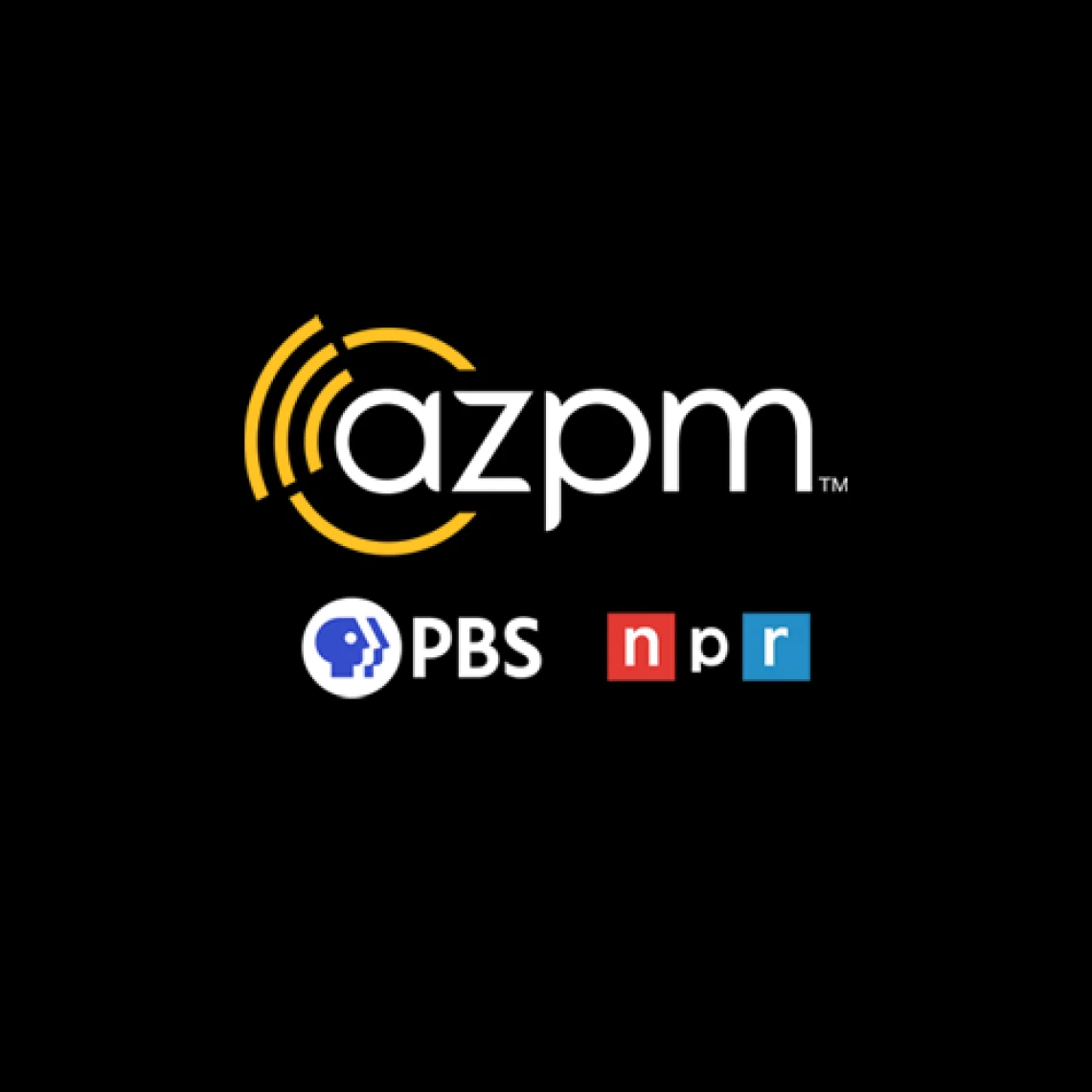Reverse Robin Hood: Medicaid cuts threaten rural Arizona hospitals to fund top 1% tax breaks
Dr. Derksen interviewed by Arizona Public Media

According to a study from the University of North Carolina, substantial cuts to Medicaid or Medicare payments could force rural hospitals to close due to budget cuts from the One Big Beautiful Bill Act.
Five hospitals in Arizona are projected to be at risk: Carondelet Holy Cross Hospital in Nogales, Copper Queen Community Hospital in Bisbee, Cobre Valley Regional Medical Center in Globe, Little Colorado Medical Center in Winslow and Page Hospital in Page.
According to Census Bureau data, those five cities account for about 48,000 Arizona residents, where the average median household income is $53,114. Combined, these counties account for 485,000 Arizonans.
“These safety net systems as far as hospitals go…they’re called Critical Access Hospitals,” said Dr. Dan Derksen, director of the University of Arizona Center for Rural Health.
These are facilities that tend to be smaller, with 25 beds or less, located more than 35 miles or more from the nearest healthcare facility and serve large service areas.
“They tend to be very important structures and service areas for these rural areas,” he said.
In Arizona there are 17 “CAHS”, about 55 Rural Health Clinics and 175 federally qualified health centers.
“Most of the funding comes from clinical services that they provide and their payer mix tends to be very heavily Medicaid,” he said, which is about 40 to 50% of their payment sources.
Out of Arizona’s 7.6 million residents, 2 million are enrolled in the Arizona Health Care Cost Containment System, the state’s Medicaid agency, which is about 26% of Arizonans.
“Medicaid is one of the most critical components of how people are able to afford and access care in our state and that’s really the population most at risk with the new law,” he said.
Arizona’s Medicaid expansion population under the Affordable Care Act is even more at risk of losing coverage due to changing eligibility and enrollment requirements.
This group is made up of low-income and childless individuals between the ages of 19 and 64 will have to apply twice a year for coverage, forcing states to verify compliance twice a year starting January 2027.
The Congressional Budget Office estimated that the implementation of more stringent criteria will save the federal government $1 trillion in the long-run, but Derksen disagrees, arguing that the costs will be shifted onto individuals who will lose their coverage, forcing them to pay out of pocket.
“You’re shifting it to the states that have to make up the difference when people show up, or you’re shifting the costs to the hospitals or the physicians or the nurses that take care of patients that don’t have insurance anymore,” he said, adding that charity care will strain rural hospitals and urban hospitals.
He emphasized that these places cannot stay open if their costs are higher than the revenues, noting that rural hospitals already operate with slim profit margins between 2-3%. About 45% of rural hospitals nationwide operate at a loss.
In addition to the risk of rural hospitals potentially closing due to rising costs and falling revenues, Derksen compiled his own data to illustrate the broader economic imbalance.
According to his own data, the income threshold of the top 1% of earners in the U.S. is about $916,900, with an average of about $2.4 million. Using the standard calculation of annual work hours which is 2,080 hours to divide $916,900, equates to $440.82 an hour.
This is roughly 58 times what an individual at the federal poverty level is earning annually, $15,650 a year or $7.52 an hour.
“The tax benefit to the top 1% of income earners, those folks where the threshold is $916,000, is going to cost over $1 trillion in lost tax revenues,” Derksen said.
This is the same amount that the government would “save” by removing 10 million individuals from Medicaid.
According to Derksen’s data, the average tax benefit to the top 1% is $66,000 which is about three times the Medicaid expansion income threshold of $21,597.
“This is what some people have referred to as the ‘Reverse Robin Hood’,” he said.
The Congressional Budget Office has projected that the act will increase the national debt by $3 trillion between the 2025-2034 period.
Earlier this month, Governor Katie Hobbs wrote a letter to Arizona’s congressional delegation urging them to reject the Senate’s Medicaid provisions, citing “immediate and lasting harm” to the state.
She warned that over the next five years, Arizona’s healthcare providers would lose about $6 billion and that by fiscal year 2031-2032, the loss would amount to $2.4 billion annually.
Hobbs’ efforts were moot however, Arizona’s six Republican representatives voted in favor of President Trump’s bill.
Derksen predicts rising premiums for the estimated 420,000 people enrolled in the state’s Affordable Care Act Marketplace, which could happen as early as January 2026.
Advanced premium tax credits are set to expire December of this year and were not renewed under the “Big Beautiful Bill Act”.
Premiums in rural areas could double or triple, leaving 150,000 out of those enrolled in the marketplace uninsured.
Currently, about 750,000 individuals in Arizona do not have health insurance.
“We’ll go to at least 1.25 million over the next three years,” Derksen said. “That to me is unconscionable.”

